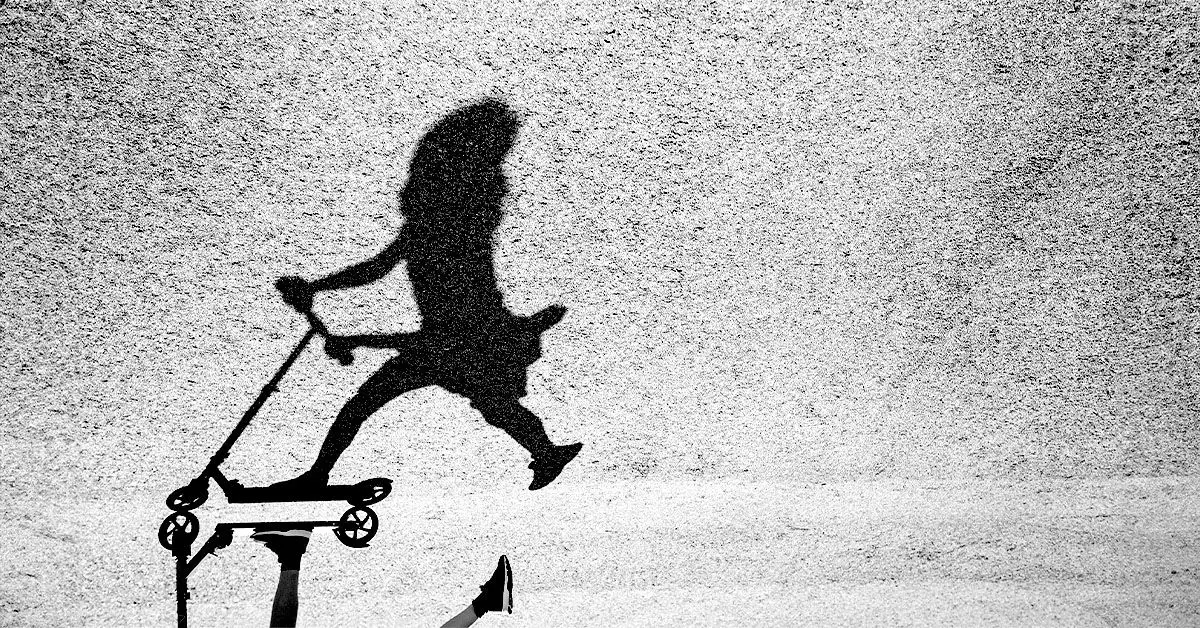Child sexual abuse represents one of society’s most pressing issues, demanding urgent recognition and action. Often shrouded in stigma and silence, the signs of abuse can be subtle and complex, making it imperative for adults to cultivate an awareness that transcends mere observation. It is crucial for caregivers, educators, and concerned adults to be vigilant in recognizing potential indicators of abuse. A child may lack the words to articulate their experiences, which necessitates an informed and proactive stance from those around them. This article delves into the range of signs indicative of sexual abuse among children, the subsequent steps to take for intervention, and the resources available for support.
Physical manifestations of sexual abuse can take various forms, some of which may be severe while others are deceptively subtle. It is critical to maintain an open mind when observing these physical markers. Potential signs may include unexpected bruising, particularly around the genital or anal areas, which indicates possible inappropriate contact. Other signs such as pain when walking or sitting can often go unnoticed but should raise red flags for observers. Moreover, the presence of unusual infections—like recurrent urinary tract or yeast infections—can suggest exposure to sexual activities.
The finding of torn or stained underwear is another serious indication that should not be dismissed. Children who show discomfort in their private regions, or whose physical state exhibits unexplained changes, warrant immediate attention. Such signs underscore the need for adults to create safe environments where children feel comfortable expressing their concerns.
Behavioral changes in children are often among the first signs that something is amiss. A child may suddenly regress into earlier developmental stages, displaying behaviors like bedwetting or thumb-sucking indicative of distress. Additionally, a drastic drop in academic performance or active withdrawal from social circles can be significant indicators. These manifestations often stem from an overwhelming emotional burden that the child feels unable to shoulder alone.
Excessive fear of particular individuals or environments may point toward traumatic associations rooted in past experiences. Observing sexual behaviors or language that are inappropriate for their age can raise alarms, signaling exposure to adult themes or experiences beyond their comprehension.
The manner in which children express emotions can dramatically alter in response to trauma; irritability, anger, or overwhelming sadness may surface as coping mechanisms. Thus, it is crucial for caregivers to maintain an open dialogue with children, allowing them a channel through which they can express their feelings without fear of judgment.
Mental Health Consequences: The Invisible Scars
The mental health ramifications of sexual abuse can be profoundly debilitating and far-reaching. Signs of depression and anxiety are notably prevalent in children who have experienced trauma. Mood swings, pervasive feelings of worthlessness, or a keen inability to find joy in previously pleasurable activities often signal deeper psychological scars. These symptoms can escalate into severe conditions, including chronic anxiety or in extreme cases, suicidal ideation.
Sleep disturbances, like nightmares or an inability to fall asleep, are common among victims of abuse, often stemming from unresolved trauma. Changes in eating habits may also emerge, ranging from loss of appetite to developing strict control over food intake, such as in cases of anorexia or bulimia. The psychological distress may overwhelm a child’s coping strategies, leading to self-harming behaviors as their cry for help.
When suspicions arise concerning a child’s safety, swift action is non-negotiable. Adults must approach these situations thoughtfully and compassionately, first establishing a foundation of trust with the child. It is crucial to listen openly, ensuring the child knows that their feelings are valid and that they are not to blame for their situation. To effectively gauge the child’s experience, it may be appropriate to ask gentle, straightforward questions using language that the child is comfortable with.
If evidence of abuse is substantiated, reporting the matter to appropriate authorities such as child protective services or law enforcement is essential. Adults may have a legal obligation to report suspicions of abuse, and acting responsibly can not only provide protection for the child but also initiate a much-needed healing process.
Support does not end with reporting the abuse; ongoing care is vital for fostering recovery and rebuilding trust. Counseling and therapy services can be critical in equipping children with the tools they need to cope with their experiences. Adults must remain a consistent source of comfort and reassurance, reiterating that they are safe and loved.
The aftermath of sexual abuse can be harrowing, but with appropriate intervention and ongoing support, healing is possible. By leveraging community resources, including mental health services and support groups for victims and families, caregivers can help pave a path toward recovery for affected children.
Being vigilant and proactive in recognizing the signs of child sexual abuse can prevent prolonged trauma. By understanding the physical, behavioral, and mental health indicators associated with abuse, adults can take a vital role in protecting children and supporting their journey toward healing. Familiarizing oneself with available resources is imperative, ensuring that children’s safety and well-being are uncompromised in a world that should nurture, respect, and shield them.

